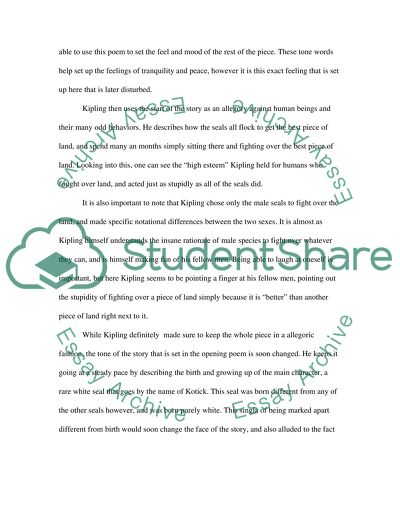Cite this document
(The Jungle Book Report/Review Example | Topics and Well Written Essays - 1451 words, n.d.)
The Jungle Book Report/Review Example | Topics and Well Written Essays - 1451 words. Retrieved from https://studentshare.org/literature/1542818-analysis-of-jungle-book
The Jungle Book Report/Review Example | Topics and Well Written Essays - 1451 words. Retrieved from https://studentshare.org/literature/1542818-analysis-of-jungle-book
(The Jungle Book Report/Review Example | Topics and Well Written Essays - 1451 Words)
The Jungle Book Report/Review Example | Topics and Well Written Essays - 1451 Words. https://studentshare.org/literature/1542818-analysis-of-jungle-book.
The Jungle Book Report/Review Example | Topics and Well Written Essays - 1451 Words. https://studentshare.org/literature/1542818-analysis-of-jungle-book.
“The Jungle Book Report/Review Example | Topics and Well Written Essays - 1451 Words”, n.d. https://studentshare.org/literature/1542818-analysis-of-jungle-book.


